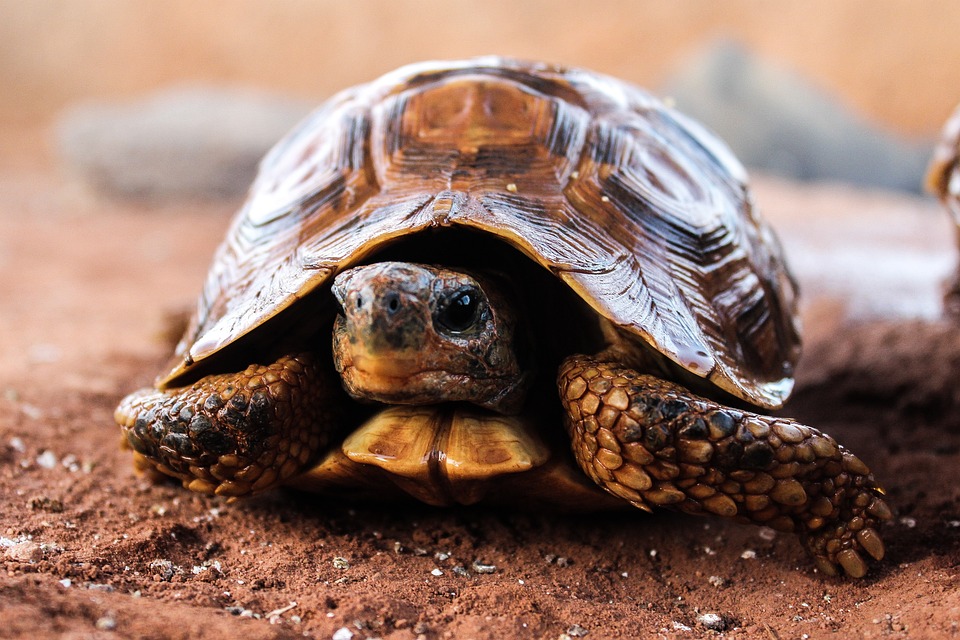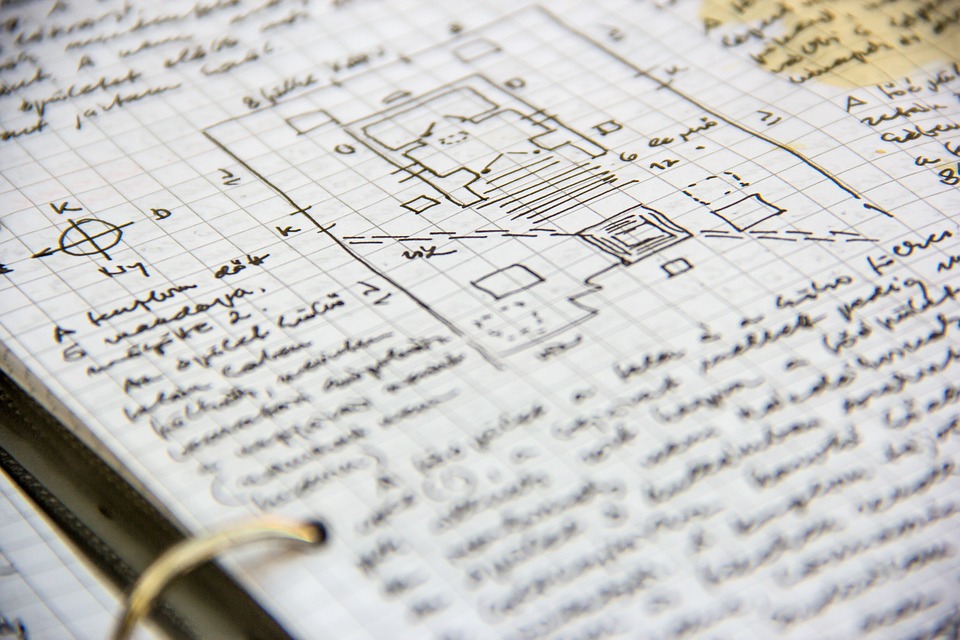A Slow and Steady Game: The 4.54 Billion-Year Timeline of the Earth’s Birth and Evolution
The Earth is a vast and wondrous planet, teeming with life and full of mysteries waiting to be unraveled. But have you ever stopped to think about how our home planet came to be? The story of the Earth’s birth and evolution is a long and complex one, spanning an astonishing 4.54 billion years. In this article, we’ll take a journey through time to explore the major milestones in the Earth’s history, from its formation to the present day.
The Early Years: 4.54-4.4 Billion Years Ago
The Earth is thought to have formed around 4.54 billion years ago, during a period known as the Hadean Eon. At this time, the planet was a hot, hostile place, with temperatures soaring above 2,000°F (1,093°C). The surface was a sea of molten rock, with no atmosphere to speak of. It was a truly inhospitable environment, but one that would eventually give rise to the Earth we know today.
The Oceans Form: 4.4-3.8 Billion Years Ago
As the Earth cooled, the first oceans began to form around 4.4 billion years ago. These early oceans were thought to be vast, shallow bodies of water that covered much of the planet’s surface. They played a crucial role in shaping the Earth’s geology, as they helped to break down rocks and create the minerals that would eventually form the Earth’s crust.
Life Emerges: 3.8-3.5 Billion Years Ago
The next major milestone in the Earth’s history came around 3.8 billion years ago, when life is thought to have emerged for the first time. These early organisms were likely simple, single-celled creatures that lived in the oceans and fed on chemicals. They were the first steps towards the incredible diversity of life that we see today.
The Atmosphere Forms: 3.5-2.7 Billion Years Ago
As life began to thrive, the Earth’s atmosphere started to take shape. Around 3.5 billion years ago, the first oxygen-rich atmosphere began to form, paving the way for the evolution of more complex life forms. This was a critical turning point in the Earth’s history, as it allowed for the development of more sophisticated ecosystems and the emergence of multicellular life.
The Rise of Complex Life: 2.7-541 Million Years Ago
The next few billion years saw the rise of complex life forms, including plants, animals, and fungi. These organisms were able to thrive in a wide range of environments, from the depths of the ocean to the highest mountain peaks. They played a crucial role in shaping the Earth’s geology, as they helped to create the landscapes and ecosystems that we see today.
The Cambrian Explosion: 541 Million Years Ago
One of the most significant events in the Earth’s history occurred around 541 million years ago, during a period known as the Cambrian Explosion. During this time, there was a rapid diversification of life forms, with many of the major animal groups emerging for the first time. This was a critical period in the Earth’s history, as it laid the foundations for the incredible diversity of life that we see today.
The Present Day: 541 Million Years Ago to the Present
And so, here we are today, living on a planet that has been shaped by billions of years of evolution and change. The Earth is a dynamic and ever-changing place, with processes such as plate tectonics and climate change continuing to shape its surface. As we look to the future, it’s clear that the Earth will continue to evolve and change, but one thing is certain – it will always be a place of wonder and awe.
Image:
A visual representation of the Earth’s 4.54 billion-year timeline, highlighting the major milestones in its birth and evolution.
FAQs:
Q: How was the Earth formed?
A: The Earth is thought to have formed around 4.54 billion years ago, during a period known as the Hadean Eon. It is believed to have formed from the gravitational collapse of a giant cloud of gas and dust called a solar nebula.
Q: What was the Earth like in its early years?
A: The early Earth was a hot, hostile place, with temperatures soaring above 2,000°F (1,093°C). The surface was a sea of molten rock, with no atmosphere to speak of.
Q: When did life emerge on Earth?
A: Life is thought to have emerged on Earth around 3.8 billion years ago, during a period known as the Eoarchean Era. These early organisms were likely simple, single-celled creatures that lived in the oceans and fed on chemicals.
Q: What is the Cambrian Explosion?
A: The Cambrian Explosion was a period of rapid diversification of life forms that occurred around 541 million years ago. During this time, many of the major animal groups emerged for the first time, including chordates, arthropods, and mollusks.
Q: How has the Earth changed over time?
A: The Earth has undergone many changes over its 4.54 billion-year history, including the formation of the oceans, the emergence of life, and the development of complex ecosystems. The planet is still changing today, with processes such as plate tectonics and climate change continuing to shape its surface.



